Click on images to enlarge
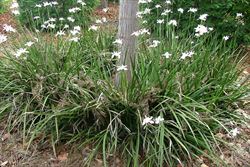
habit (Photo: Sheldon Navie)
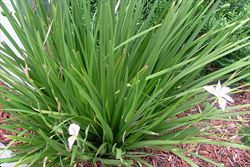
strap-like leaves (Photo: Sheldon Navie)
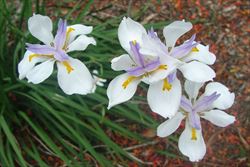
flowers (Photo: Sheldon Navie)
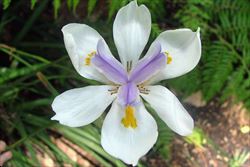
white flower with purple, yellow and brown markings (Photo: Sheldon Navie)
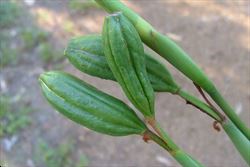
close-up of immature fruit (Photo: Sheldon Navie)
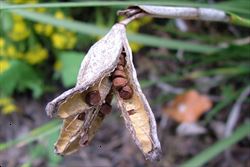
close-up of mature fruit with seeds (Photo: Sheldon Navie)
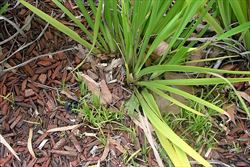
seedlings germinating under adult plants (Photo: Sheldon Navie)
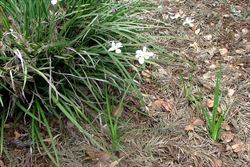
plants spreading from cultivated specimen (Photo: Sheldon Navie)
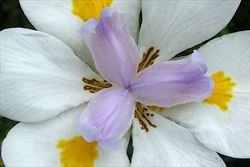
close-up of flower showing the purplish style branches and brown markings at the base of its inner 'petals' (Photo: Sheldon Navie)
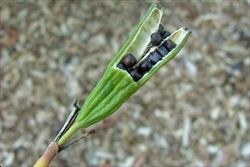
close-up of immature fruit with young seeds (Photo: Sheldon Navie)
Scientific Name
Dietes grandiflora N.E. Br.
Family
Iridaceae
Common Names
butterfly iris, fairy iris, large wild iris, native iris, Spanish iris, wild iris
Origin
Native to southern Africa (i.e. Cape Province and Natal in South Africa).
Naturalised Distribution
Naturalised in south-western Western Australia and on naturalised on Lord Howe Island. Also sparingly naturalised in south-eastern Queensland.
Notes
Large wild iris (Dietes grandiflora) is regarded as an environmental weed in Western Australia and as a potential environmental weed New South Wales (particularly in the wider Sydney and Blue Mountains region). Though it is currently not very widely naturalised, it is showing invasive tendencies and is thought to pose a threat to natural habitats. For example, it has been reported to have spread from garden plantings or dumped garden waste into Jarrah-Marri forest in south-western Western Australia.
Note: this species is commonly confused with wild iris (Dietes iridioides), another emerging environmental weed.

